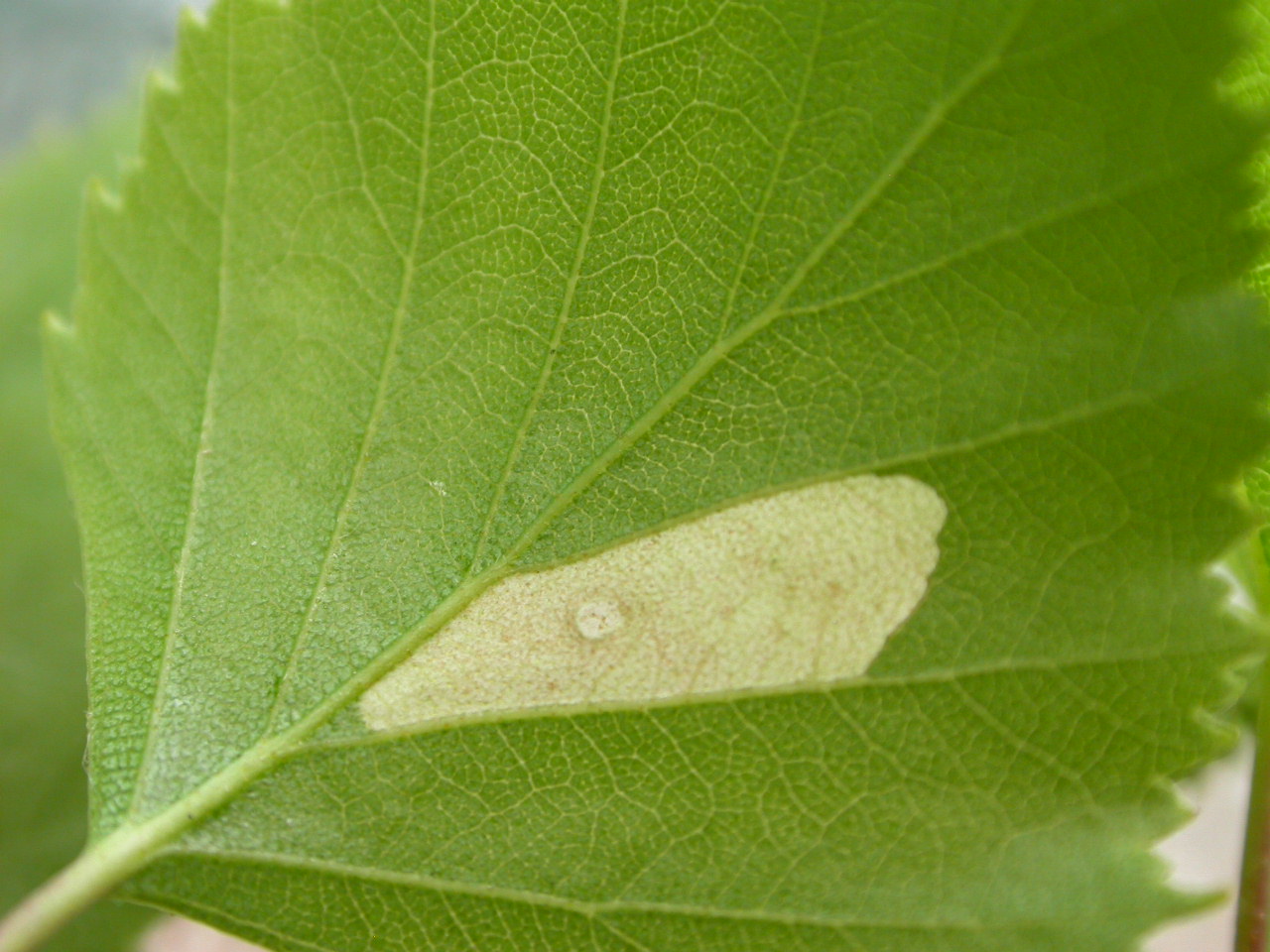Coleophora Fuscedinella on:
[Wikipedia]
[Google]
[Amazon]
''Coleophora serratella'' is a 

''Coleophora serratella'' at UKmoths
moth
Moths are a paraphyletic group of insects that includes all members of the order Lepidoptera that are not butterflies, with moths making up the vast majority of the order. There are thought to be approximately 160,000 species of moth, many of w ...
of the family Coleophoridae
__NOTOC__
The Coleophoridae are a family of small moths, belonging to the huge superfamily Gelechioidea. Collectively known as case-bearers, casebearing moths or case moths, this family is represented on all continents, but the majority are found ...
. It is found in Europe (except the Balkan Peninsula
The Balkans ( ), also known as the Balkan Peninsula, is a geographical area in southeastern Europe with various geographical and historical definitions. The region takes its name from the Balkan Mountains that stretch throughout the who ...
), Japan
Japan ( ja, 日本, or , and formally , ''Nihonkoku'') is an island country in East Asia. It is situated in the northwest Pacific Ocean, and is bordered on the west by the Sea of Japan, while extending from the Sea of Okhotsk in the north ...
(Hokkaido
is Japan's second largest island and comprises the largest and northernmost prefecture, making up its own region. The Tsugaru Strait separates Hokkaidō from Honshu; the two islands are connected by the undersea railway Seikan Tunnel.
The la ...
) and North America
North America is a continent in the Northern Hemisphere and almost entirely within the Western Hemisphere. It is bordered to the north by the Arctic Ocean, to the east by the Atlantic Ocean, to the southeast by South America and the Car ...
.


Description
Thewingspan
The wingspan (or just span) of a bird or an airplane is the distance from one wingtip to the other wingtip. For example, the Boeing 777–200 has a wingspan of , and a wandering albatross (''Diomedea exulans'') caught in 1965 had a wingspan of ...
is .
''Coleophora'' species have narrow blunt to pointed forewings and a weakly defined tornus The hindwings are narrow-elongate and very long-fringed. The upper surfaces have neither a discal spot nor transverse lines. Each abdomen segment of the abdomen has paired patches of tiny spines which show through the scales. The resting position is horizontal with the front end raised and the cilia give the hind tip a frayed and upturned look if the wings are rolled around the body. ''C. serratella'' characteristics include head light ochreous - fuscous. Antennae whitish, ringed with fuscous, more faintly or obsoletely towards apex, basal joint fuscous. Forewings rather dark fuscous, ochreous - tinged. Hindwings dark fuscous.
Only reliably identified by dissection and microscopic examination of the genitalia.
Life cycle
The moth flies in June depending on the location. The larvae feed onbirch
A birch is a thin-leaved deciduous hardwood tree of the genus ''Betula'' (), in the family Betulaceae, which also includes alders, hazels, and hornbeams. It is closely related to the beech-oak family Fagaceae. The genus ''Betula'' contains 30 ...
es, elm
Elms are deciduous and semi-deciduous trees comprising the flowering plant genus ''Ulmus'' in the plant family Ulmaceae. They are distributed over most of the Northern Hemisphere, inhabiting the temperate and tropical-montane regions of North ...
s, alder
Alders are trees comprising the genus ''Alnus'' in the birch family Betulaceae. The genus comprises about 35 species of monoecious trees and shrubs, a few reaching a large size, distributed throughout the north temperate zone with a few sp ...
s, hazel
The hazel (''Corylus'') is a genus of deciduous trees and large shrubs native to the temperate Northern Hemisphere. The genus is usually placed in the birch family Betulaceae,Germplasmgobills Information Network''Corylus''Rushforth, K. (1999). ...
s, apple
An apple is an edible fruit produced by an apple tree (''Malus domestica''). Apple fruit tree, trees are agriculture, cultivated worldwide and are the most widely grown species in the genus ''Malus''. The tree originated in Central Asia, wh ...
s, ''Crataegus
''Crataegus'' (), commonly called hawthorn, quickthorn, thornapple, Voss, E. G. 1985. ''Michigan Flora: A guide to the identification and occurrence of the native and naturalized seed-plants of the state. Part II: Dicots (Saururaceae–Cornacea ...
'', ''Sorbus
''Sorbus'' is a genus of over 100 species of trees and shrubs in the rose family, Rosaceae. Species of ''Sorbus'' (''s.l.'') are commonly known as whitebeam, rowan ( mountain-ash) and service tree. The exact number of species is disputed depend ...
'', willow
Willows, also called sallows and osiers, from the genus ''Salix'', comprise around 400 speciesMabberley, D.J. 1997. The Plant Book, Cambridge University Press #2: Cambridge. of typically deciduous trees and shrubs, found primarily on moist s ...
s, ''Comptonia peregrina
''Comptonia peregrina'' is a species of flowering plant in the family Myricaceae. It is the only extant (living) species in the genus ''Comptonia (plant), Comptonia'', although a number of extinct species are placed in the genus. ''Comptonia pere ...
'' and ''Quercus wislizenii
''Quercus wislizeni'', known by the common name interior live oak, is an evergreen oak, highly variable and often shrubby, found in many areas of California in the United States continuing south into northern Baja California in Mexico. It genera ...
''. They create a strongly curved youth case. The adult case is a tubular leaf case. It is trivalved and about long. The mouth angle is about 30°. It is straw coloured. Larvae start feeding in September and continue to the end of October. They hibernate in their case, and resume feeding in April.
References
External links
*''Coleophora serratella'' at UKmoths
serratella
''Serratella'' is a genus of spiny crawler mayflies in the family Ephemerellidae
Ephemerellidae are known as the spiny crawler mayflies. They are a family of the order Ephemeroptera. There are eight genera consisting of a total 90 species (Me ...
Moths described in 1761
Moths of Europe
Moths of Japan
Moths of North America
Taxa named by Carl Linnaeus
{{Coleophoridae-stub